Thank you to all who attended last evening’s Middle School Curriculum Night. The remarks below were shared by Liz Gray, middle school head, to welcome families and kick off the event.
Welcome everyone to our middle school curriculum night. I feel so privileged to be able to work with each of your children and the team of educators here on the stage this evening. Each of us plays an important role in your child’s day at school, and I could not feel more fortunate than to be able to collaborate with everyone here this evening to build and deliver our middle school program.
Part of our school’s mission is to “inspire” and to “challenge.” We take this as a charge or a call to action. And in our mission, we also embrace the core value of “joy.” So, I’ve been wondering, as we’re starting off the year, how do challenge and joy fit together?
Sometimes, when people think about “joy,” they think only of “fun.” Some of us struggle to make sense of the word “joy” as it relates to being challenged. The first time I heard someone articulate joy’s relationship to challenge in a way that made complete sense to me was when I read psychologist Mihaly Csikszentmihalyi’s book Flow. So, I decided to dip back into the book this fall. In it, Csikszentmihalyi describes decades of research from his work investigating “the optimal experience”–human happiness–or a state of consciousness that he called “flow.” Just as “flow” is not simplistic, as evidenced by his research, neither is “joy.”
Csikszentmihalyi starts his book by describing physical flow—the process of finding delight in what the body can do. This includes achieving four key components:
- Setting goals
- Finding ways of measuring progress in the chosen goals
- Making “finer and finer distinctions in the challenges involved in the activity”
- Raising the stakes if the activity becomes boring
In his chapter entitled “The Flow of Thought,” Csikszentmihalyi quotes Francis Bacon, writing that “wonder–which is the seed of knowledge–is the reflection of the purest form of pleasure. Just as there are flow activities corresponding to every physical potential of the body, every mental operation is able to provide its own particular form of enjoyment.”
He goes on to write:
“Among the many intellectual pursuits available, reading is currently perhaps the most often mentioned flow activity around the world. Solving mental puzzles is one of the oldest forms of enjoyable activity, the precursor to philosophy and modern science.”
Csikszentmihalyi then describes how creating and appreciating art and music, engaging in logic, memorization, and wordplay, giving order and meaning to the sequence of events in history, and countless other mental tasks engender “joy.” He states, “It is important to stress here a fact that is all too often lost sight of: philosophy and science were invented and flourished because thinking is pleasurable.”
And so, where do our middle school students find this in their experience at Belmont Day School? The answer is “everywhere,” but tonight, I want to offer you an example from a seventh grade math classroom.
Students were tackling “the Hailstone problem,” and by the way, if you want to find flow later, I encourage you to google this and try it at home. The directions were simple–they allowed choice, personal wonder, and multiple entry points for engagement–they didn’t even involve a set problem with assigned numbers. They started with “pick a counting number” and ended with “keep going and keep track of each step. (Did anything cool happen?)”. The problem was not being graded, and it wasn’t being recorded anywhere as right or wrong. And yet students spent half the period puzzling it out and could have gone longer if the bell didn’t ring because, as their teacher says, “In this class, you’re never ‘done.’” In the process, not the product, students were appropriately inspired and challenged, and they successfully got lost in the joy of learning.
As Csikszentmihalyi describes it, joy and the “best moments in our lives are not the passive, receptive, relaxing times … The best moments usually occur when a person’s body or mind is stretched to its limits in a voluntary effort to accomplish something difficult and worthwhile.”
This is not lost on us as educators. In fact, it’s something we’ve known since we all started working with young people. Whether on the athletics playing fields, in the arts studios, the academic classrooms, or in the countless other creative spaces we engage with our students, we are finding “joy” together in the challenge and stretching ourselves to our limits.
Tonight, you will get to hear from your child’s teachers more about how we do this–how we work to create spaces for flow and experience the joy of learning together. So, at this point, I will stop talking so that we can move on to the next part of the evening, and you can hear more about it from those who know just how to do it best–your child’s teachers!




